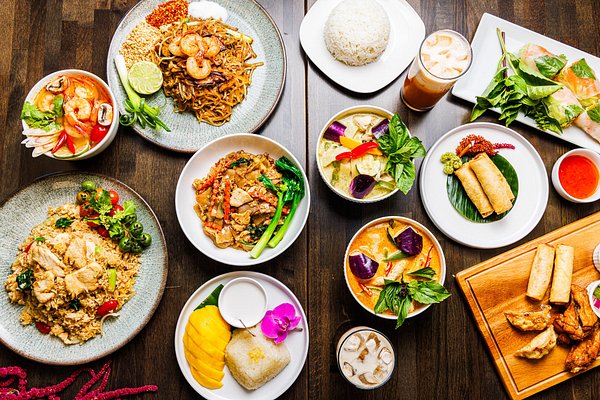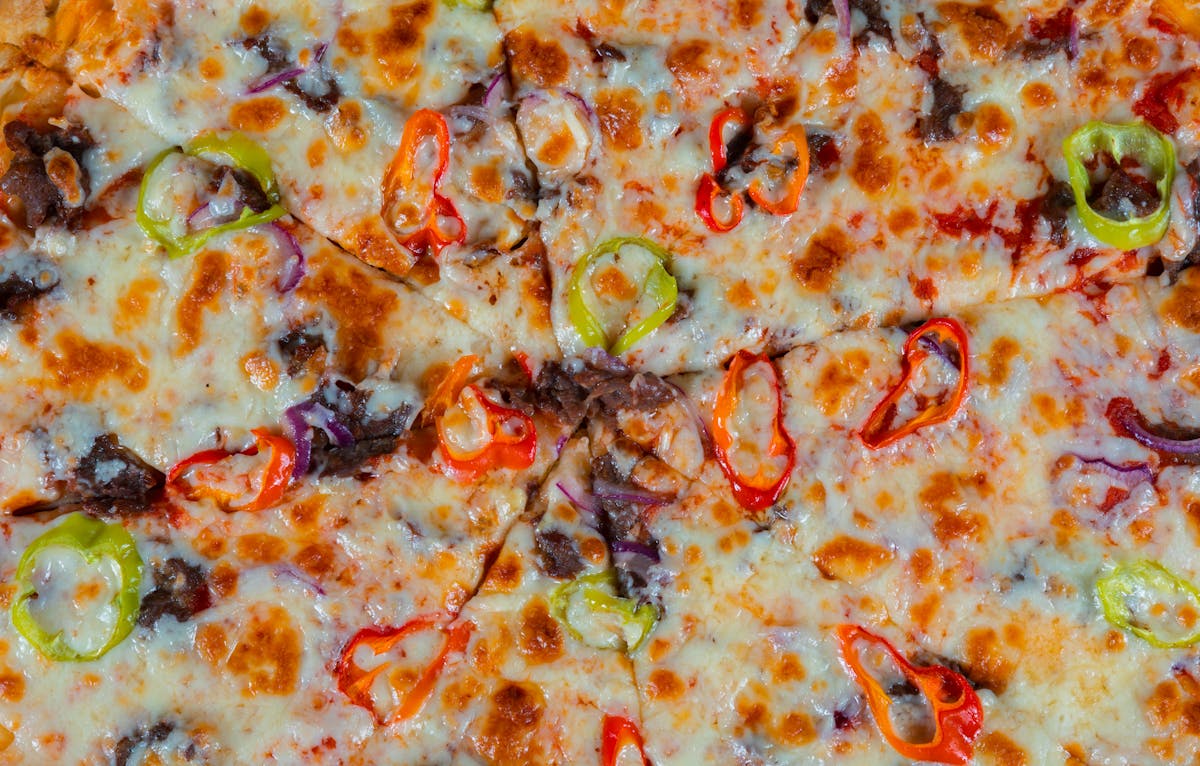The bustling hawker centers of Chinatown are iconic hubs of cultural and culinary heritage. Known for their vibrant atmosphere and mouth-watering dishes, they serve thousands of locals and tourists daily. However, one pressing issue lurks in the shadows of this culinary vibrancy—food waste. Addressing this, the idea of Chinatown hawker leftovers consumption has emerged as a potential solution for reducing waste and promoting sustainability.
This article delves into the dynamics of hawker food culture, the challenges of food waste, and how creative solutions like leftover consumption can contribute to a more sustainable future.
Understanding Hawker Culture in Chinatown
Hawker centers are more than just food courts; they are the heartbeat of Chinatown’s communal spirit. Here, food lovers can find a wide variety of dishes, from local favorites like Hainanese chicken rice and char kway teow to international delicacies.
Despite the bustling business, the sheer volume of food prepared each day often leads to leftovers. Much of this surplus goes uneaten, raising concerns about the environmental impact and loss of resources.
The Problem of Food Waste in Hawker Centers
1. Overproduction of Food
Hawker stalls often prepare large quantities to cater to peak hours. Predicting demand can be challenging, leading to excess food at the end of the day.
2. Consumer Behavior
Many customers leave unfinished portions on their plates, contributing to food waste. Hawker centers, as casual dining spots, see a higher occurrence of this behavior compared to formal restaurants.
3. Lack of Redistribution Channels
Unlike supermarkets or larger food establishments, hawker centers have limited systems for redistributing unsold food to those in need.
What Is Chinatown Hawker Leftovers Consumption?
The concept of leftovers consumption revolves around utilizing unsold food or uneaten portions from hawker centers rather than discarding them. This can take several forms:
- Redistribution: Donating unsold food to charities or food banks.
- Repurposing: Using leftovers creatively in new dishes.
- Direct Consumption: Encouraging diners or volunteers to take home surplus food at discounted rates or for free.
Benefits of Chinatown Hawker Leftovers Consumption
1. Reducing Food Waste
Repurposing or redistributing leftovers significantly decreases the amount of food that ends up in landfills, reducing greenhouse gas emissions.
2. Supporting Vulnerable Communities
Redistributed food can provide nourishment to individuals and families facing food insecurity, fostering a sense of community and compassion.
3. Enhancing Sustainability
This practice aligns with global efforts to reduce waste, conserve resources, and promote sustainable living.
4. Encouraging Creative Culinary Practices
Hawkers can experiment with leftovers to create unique dishes, turning waste into opportunities for innovation.
Challenges to Implementing Leftovers Consumption
Despite its benefits, adopting a practice like Chinatown hawker leftovers consumption is not without its challenges:
- Food Safety Regulations: Strict guidelines on handling and redistributing food can complicate the process.
- Cultural Perceptions: In some cultures, leftover consumption is viewed negatively, which may hinder widespread acceptance.
- Logistics: Collecting, storing, and redistributing leftovers requires infrastructure and coordination, often lacking in hawker centers.
- Economic Concerns: Hawkers may worry about revenue loss if leftovers are given away for free.
How Hawker Centers Can Address Food Waste
1. Partnering with Food Banks
Organizations like The Food Bank Singapore and similar initiatives in other regions can help redistribute unsold food to those in need.
2. Introducing “Last Hour Discounts”
Offering discounts on food near closing time can encourage customers to purchase excess inventory, reducing waste.
3. Promoting BYOC (Bring Your Own Container)
Encouraging diners to bring containers for leftovers not only helps reduce food waste but also minimizes single-use plastic usage.
4. Educating Hawkers and Diners
Awareness campaigns can teach hawkers about portion control and encourage diners to avoid ordering more than they can consume.
5. Leveraging Technology
Apps like OLIO and Too Good To Go connect businesses with consumers willing to buy surplus food at lower prices. These tools could be adapted for hawker centers.
Success Stories of Leftover Management
1. Hong Kong’s Leftover Food Donation Scheme
In Hong Kong, community groups collect surplus food from markets and small eateries to redistribute it to low-income families. This model can inspire similar initiatives in Chinatown.
2. Japan’s “Mottainai” Philosophy
Rooted in the concept of avoiding waste, Japanese eateries often serve smaller portions to reduce leftovers and encourage diners to finish their meals.
3. Singapore’s Zero Waste Movement
Singapore’s hawker centers have introduced composting systems to turn food waste into fertilizer, demonstrating innovative ways to repurpose leftovers.
Cultural Shifts Toward Leftovers Consumption
Cultural attitudes toward food waste are evolving. With growing awareness of environmental issues, many communities now view leftover consumption as an act of responsibility rather than necessity. Chinatown hawker centers, as cultural landmarks, can lead this shift by normalizing sustainable practices.
Frequently Asked Questions
What are the main causes of food waste in hawker centers?
The main causes include overproduction, unpredictable customer demand, and limited systems for redistributing unsold food.
Is leftover consumption safe?
When handled and stored properly, leftover food can be safe to consume. It’s essential to follow food safety guidelines to ensure quality.
How can customers contribute to reducing food waste?
Customers can help by ordering only what they can eat, taking leftovers home, and supporting hawkers who practice sustainable initiatives.
Are there apps to reduce food waste in hawker centers?
Yes, apps like OLIO and Too Good To Go are designed to connect businesses with consumers for surplus food sales or donations.
What role do hawker centers play in sustainability?
Hawker centers can set an example by implementing eco-friendly practices like leftovers redistribution, composting, and reducing single-use plastics.
Conclusion
Chinatown hawker leftovers consumption is more than just a practical solution to food waste—it’s a movement toward sustainability, cultural preservation, and community empowerment. While challenges exist, innovative practices and changing perceptions can pave the way for a greener and more inclusive future.
By embracing leftover consumption and sustainable initiatives, Chinatown’s hawker centers can continue to delight customers while making a positive impact on the planet. It’s time to turn waste into opportunity and ensure that every dish has a purpose.











